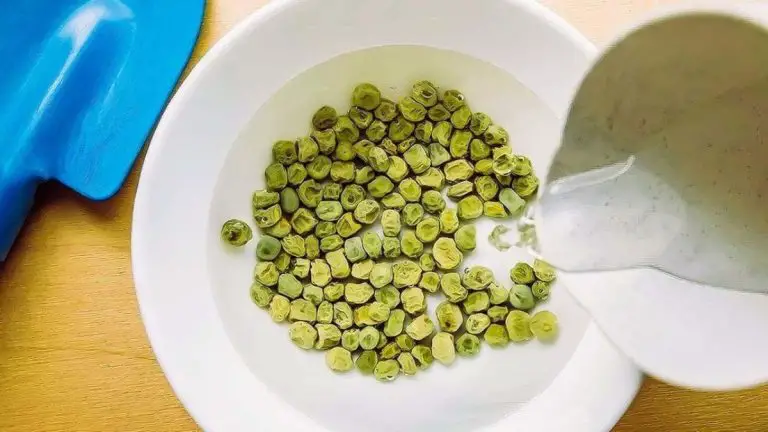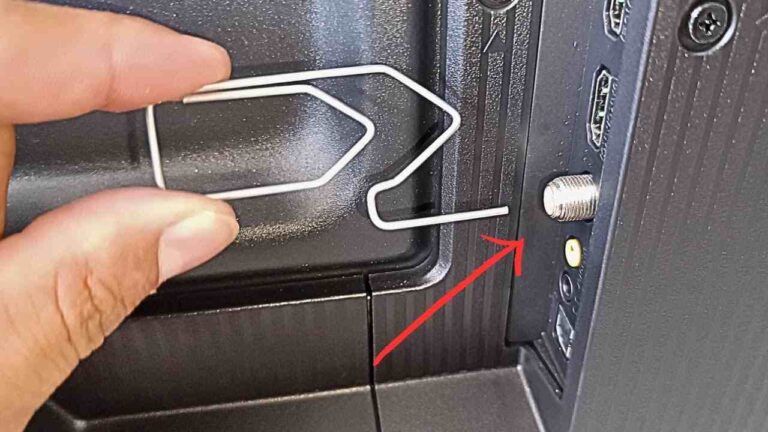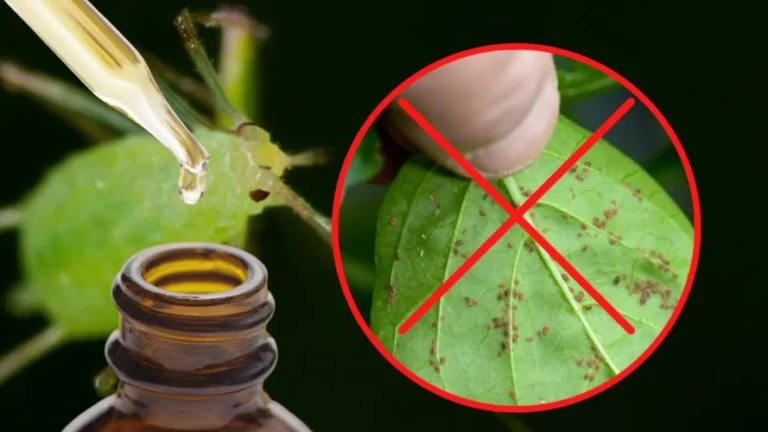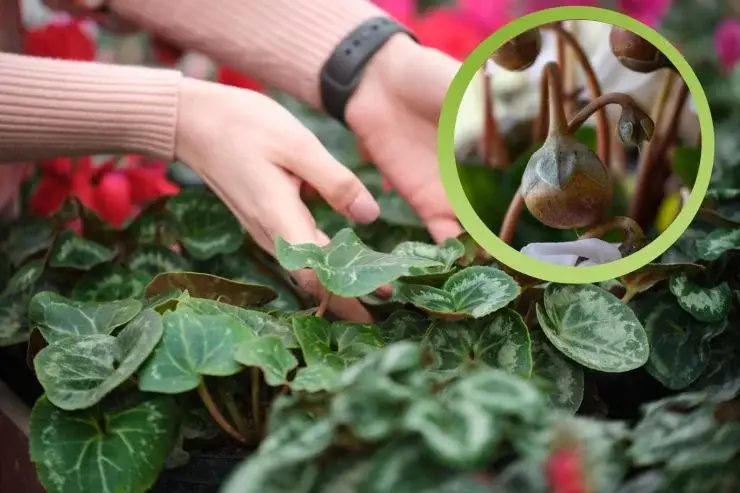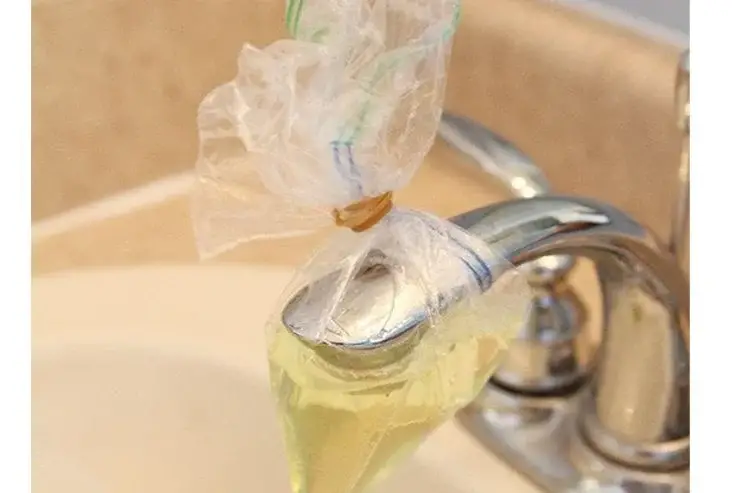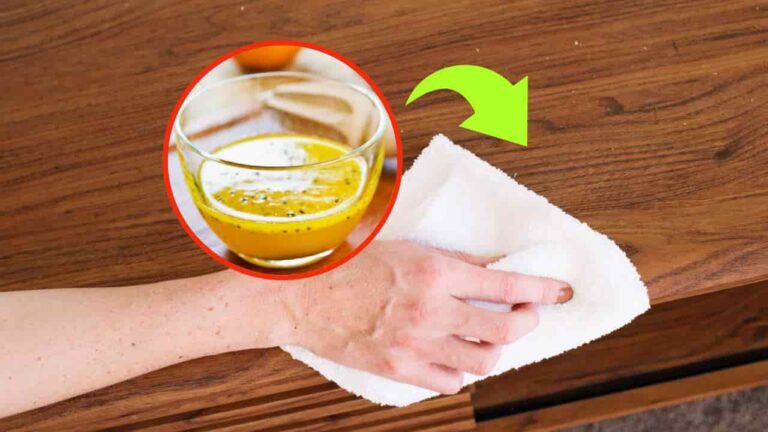5 good reasons to soak seeds in water before planting them
5 good reasons to soak seeds in water before planting
Do you want to germinate seeds and don’t know how? Achieving new growth is not a difficult task. Are you referring to a technique used by experienced gardeners that is simple, effective and does not require many resources? Seeds, a glass of water and patience, that’s all you need. We tell you everything.
Wondering how this technology works? Soaking the seeds in water before sowing is a technique that allows you to sow successfully in the orchard or garden. You will definitely be able to collect seeds and get new plants. Here are 5 reasons why you should adopt this advice from experienced gardeners that few people know about!
1 – Soak the seeds to break their dormancy and trigger germination.
Seeds germinate when they are no longer dormant. Soaking the seeds in water will help the seeds come out of their dormant phase and therefore germinate faster. Seeds need moisture to germinate. Their moisture needs vary from seed to seed. When rain provides enough moisture around the seeds, they begin to germinate.
2 – Why soak seeds in water? Accelerate germination
This speeds up their germination before planting them in the ground, especially if hot water is used. For the germination process to be successful, they not only need moisture, but also heat. Do what? This is because seeds have the ability to detect temperature, which prevents them from germinating when it is still cold. Low temperatures can damage the still fragile new shoots. However, by using warm water, you provide plants with the perfect environment to speed up germination.
3 – Increases the chances of germination
Not all seeds can germinate, and although some can germinate without soaking, soaking increases germination rates. A level of water may be necessary to achieve a result.
4 – Soak the seeds to eliminate germination inhibitors.
The seeds are surrounded by germination inhibitors. These chemical or natural substances serve to prevent or delay the germination of seeds, especially if they are still contained in fruits or vegetables or stored.
These inhibitors can be washed away naturally by wind or rain, but this can take time. Soaking seeds in water removes all substances that inhibit germination.
5 – Soak the seeds to break down their natural defenses
It is common for seeds to be rough before planting. They are exposed to external influences such as wind, rain or even animals that can swallow them. For this reason, many seeds have a hard outer shell. Therefore, they have good resistance to these external factors. Do you then want to eliminate your natural defenses and accelerate germination? Immerse them in water.
To soak seeds successfully, follow these steps:
Open the seed packet and soak the seeds in a clean, shallow container of hot or boiling water. A tip: avoid boiling the water. Most seeds do not tolerate very high temperatures and can inhibit germination. The seeds should be completely covered with water;
Place your bowl near a window. According to Kevin Spiritu, founder of Epic Gardening, a website that helps gardening enthusiasts learn how to grow plants, this is because soaking seeds helps them germinate by mimicking the natural conditions they may experience—i.e. rain and sunlight.
Soak your seeds for 8 to 24 hours. Soaking time depends on your seeds. Do what? Because if they are large and have a thick shell, they must be soaked in water longer than small seeds with thin skin. However, the seeds should not be kept in water for more than 24 hours.
After soaking, plant the seeds immediately in moist soil. Be sure to keep the soil moist until the seeds have completely germinated. If you let them dry after removing them from the water, the germination process may not even be complete.
Bonus tip: If your seeds are coated with a very hard coating, you can use a technique called seed scarification. This contributes to the breakdown of the seed coat, which forms a protective covering around the seed. This outer covering ensures that the seeds remain intact and have a long shelf life, especially if weather conditions are unfavorable for germination. Hurried gardeners use scarification to speed up the germination of their seeds. This process involves loosening the thick shell of the seed before soaking it in water. You can use sandpaper for this. Be careful when piercing this hard layer to avoid damaging the seeds.
